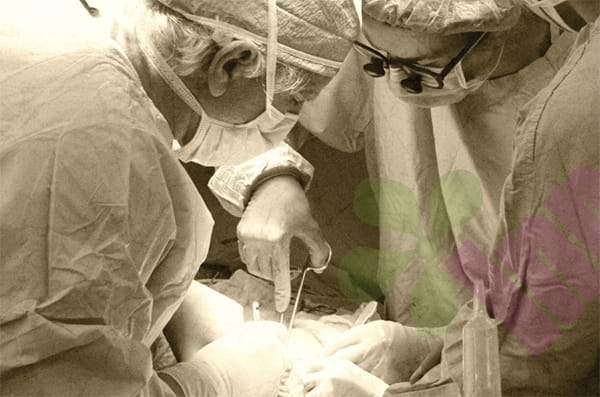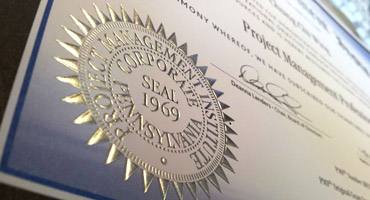In daily life, we inevitably encounter various acute injuries, such as abrasions, cuts, and burns. Improper treatment of these wounds can lead to infection, delayed healing, and even leave noticeable scars. Mastering scientific treatment methods can effectively promote wound recovery and reduce complications.

How to deal with acute trauma in the first place?
In the event of an acute trauma, the first priority is to thoroughly clean the wound. Immediately rinse the wound with running tap water or purified water for at least 5 minutes. This will wash away contaminants and bacteria on the wound surface. The water temperature should be room temperature, avoiding excessive cold or heat that may cause additional irritation. Be gentle when rinsing and do not rub the wound hard. If there is a small foreign object in the wound, it can be carefully removed with clean tweezers, but do not forcibly remove deeply embedded foreign objects. After rinsing, gently pat the skin around the wound dry with a clean gauze or towel, taking care not to directly rub the wound surface.
How should I protect the wound after cleaning?
After the wound is cleaned, protective treatment should be performed immediately. A thick application of Bactroban ointment is an effective option. This topical antibiotic ointment can prevent bacterial infection while keeping the wound moist. When applying, make sure to completely cover the wound and the surrounding 1 cm area, with a thickness of about 2 mm. Then cover with Vaseline gauze, which will not stick to the wound and is easy to replace later. The outer layer is then bandaged with sterile gauze. The bandage should be moderate in strength to protect the wound without affecting blood circulation. If the wound is in a movable part such as a joint, an elastic bandage can be used to increase stability. Be sure to keep the dressing dry and clean and avoid contact with water.
What should we pay attention to in the post-acute trauma care?
After the wound enters the repair phase, the focus of care shifts to promoting healing. Growth factor gel can effectively stimulate the formation of granulation tissue. It is recommended to use it 1-2 times a day. Clean the wound with normal saline before each application. During this stage, closely observe changes in the wound. Under normal circumstances, the wound should gradually shrink, and new epithelial tissue will appear at the edge. If the wound is found to be more red and swollen, the exudate increases, or there is purulent secretion, it may indicate infection, and you need to seek medical attention in time. It is important to maintain a moderately moist wound environment. You can continue to use hydrocolloid dressings or foam dressings. Avoid frequent dressing changes. Generally, it is sufficient to change it once every 1-2 days. Excessive interference will affect healing.
Which situations require immediate medical attention?
Not all acute injuries can be treated on your own. Seek professional medical help in the following situations: Deep and long wounds, especially cuts exceeding 1 cm. Heavy bleeding that does not stop after 15 minutes of pressure. Unremovable foreign objects in the wound. Wounds caused by rusty metal or animal bites. Large or deep burns. Numbness or movement impairment around the wound. Systemic symptoms such as fever and chills. These situations may require professional debridement, suturing, tetanus prophylaxis, or antibiotic treatment. Self-treatment may delay the condition.
How to prevent obvious scars from acute trauma?
Avoid scratching scabs and allow them to fall off naturally. Sun protection is important, as new skin is sensitive to UV rays and prone to pigmentation. After the wound has completely healed, you can start using silicone scar care products and continue using them for 2-3 months. Massaging the healed area can promote tissue softening, and massage gently for a few minutes daily. Keep the skin moisturized and use non-irritating moisturizers. If the scar shows signs of hyperplasia or contracture, consult a doctor immediately, as pressure therapy or medication injections may be needed. A balanced diet can also help reduce scar formation, especially by ensuring adequate protein and vitamin intake.
Acute wound care may seem simple, but every step is crucial. From initial irrigation and cleansing to mid-term infection prevention and final healing promotion, scientific and standardized procedures are essential. Remember not to use irritants like alcohol or iodine directly on wounds, as these can damage tissue cells. Be patient and give the wound ample time to heal. Keep basic first aid supplies, such as sterile gauze, saline solution, and antibiotic ointment, on hand to be prepared. If you're unsure about the wound's condition, err on the side of caution and seek professional help rather than risking DIY treatment. Proper wound care not only accelerates healing but also prevents unnecessary complications and helps you return to normal life as quickly as possible. For more information on Innomed® Silicone Foam Dressing, refer to the previous articles. If you have customized needs, you are welcome to contact us; you can do so wholeheartedly. At longterm medical, we transform this data by innovating and developing products that make life easier for those who need loving care.
Editor: kiki Jia

 English
English عربى
عربى Español
Español русский
русский 中文简体
中文简体








